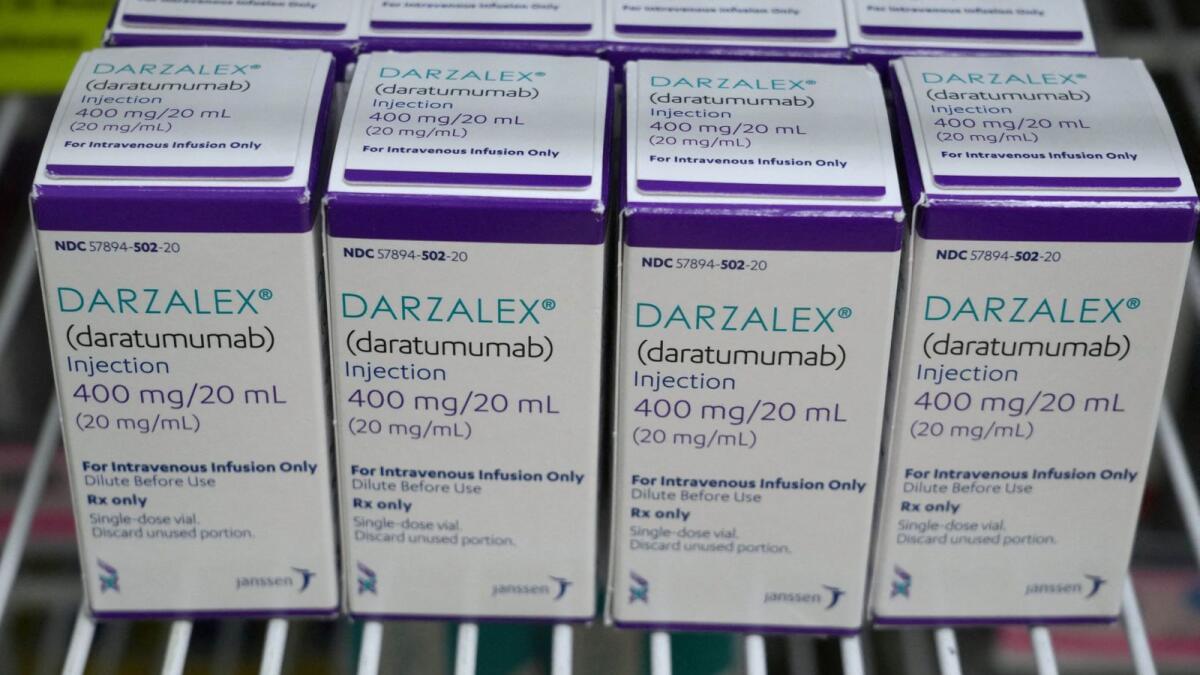Johnson & Johnson, a well-known drug and device maker, surpassed estimates for second-quarter profit and revenue, fueled by strong sales of its drugs, specifically cancer treatment Darzalex and psoriasis drug Stelara. Revenue of $22.4 billion exceeded the consensus estimate, while adjusted earnings of $2.82 per share outperformed analysts’ expectations. Stelara sales increased by 3.1 percent to $2.89 billion, while Darzalex sales rose by 18.4 percent to $2.88 billion. The company now anticipates total sales of $89.2 billion to $89.6 billion for 2024, up from its prior forecast.
J&J also revised its annual per-share forecast to a range of $10 to $10.10 from $10.60 to $10.75, citing improved performance and higher costs related to acquisitions. The company has been active in the acquisition space, including the purchase of cardiac medical device company Shockwave for $13 billion and experimental skin disorder drugs in two separate transactions totaling $2.1 billion. While medical technology business sales increased by 2.2 percent, they fell short of analysts’ estimates.
Analysts predict Stelara sales to exceed $10 billion this year, but they may drop to approximately $7 billion in 2025 due to upcoming competition from similar drugs. J&J’s CFO, Joe Wolk, expressed confidence in securing favorable US insurance coverage for Stelara in 2025 through future contracts. Despite facing biosimilar competition in the following year, the company expects growth in its pharmaceutical business. Darzalex, a blood cancer therapy, is projected to generate over $11 billion in sales for J&J this year.
Sales of Imbruvica, another cancer drug by J&J, reached $770 million, surpassing analyst expectations. Carvykti, the company’s cancer cell therapy, saw sales of $186 million, a 60 percent increase from the previous year, but slightly below analysts’ predictions. The limited Carvykti supply has been attributed to production constraints, prompting J&J to enhance capacity at its facilities in New Jersey and Belgium.
In conclusion, Johnson & Johnson’s strong performance in the second quarter was largely driven by the success of its drug portfolio, particularly Darzalex and Stelara. While the company exceeded revenue and profit estimates, it faces challenges in managing biosimilar competition for certain drugs in the future. With strategic acquisitions and efforts to enhance production capacity, J&J remains optimistic about its pharmaceutical business growth despite market uncertainties. Investors will be closely watching how the company navigates upcoming challenges and maintains its competitive edge in the healthcare industry.

Leave a comment
Leave a comment










